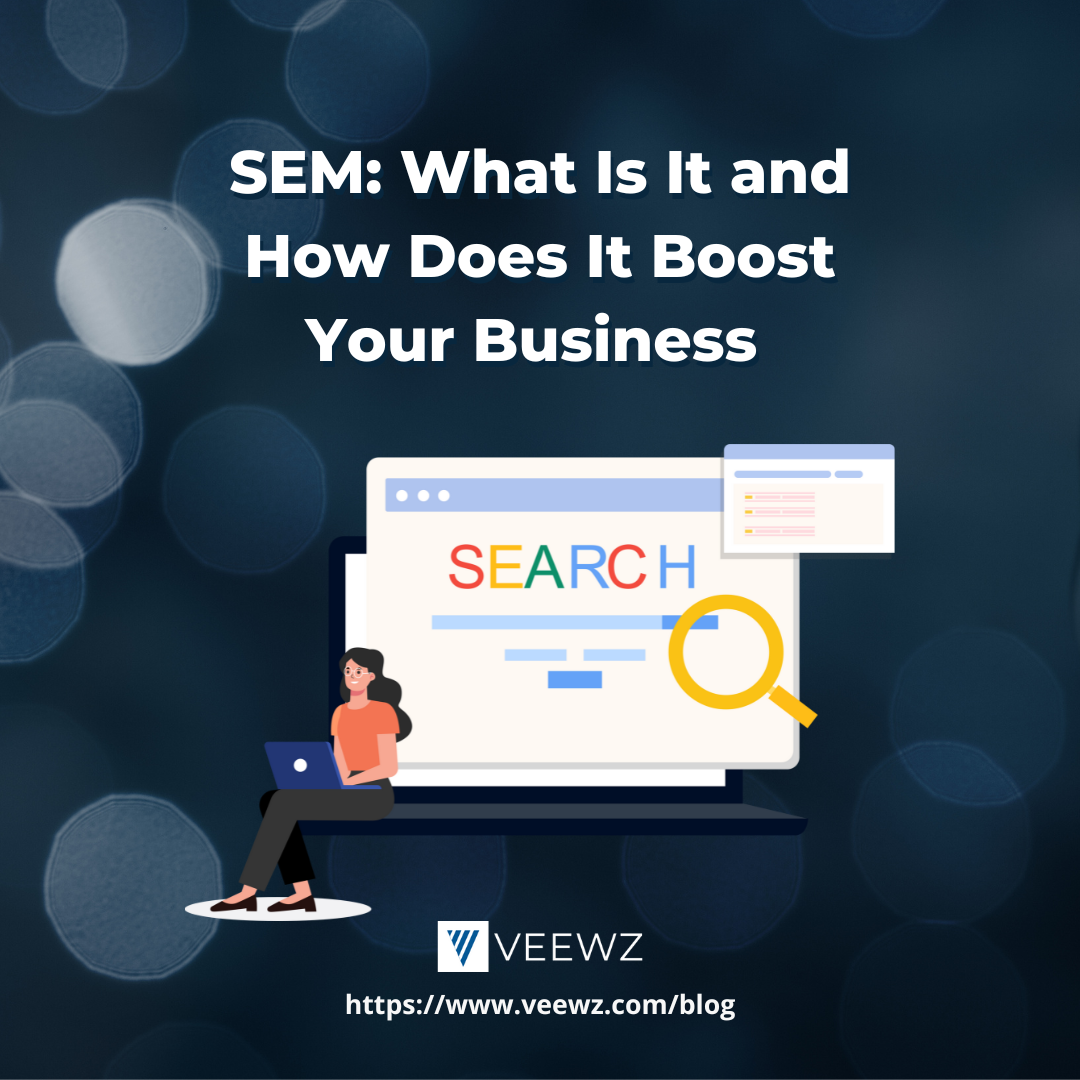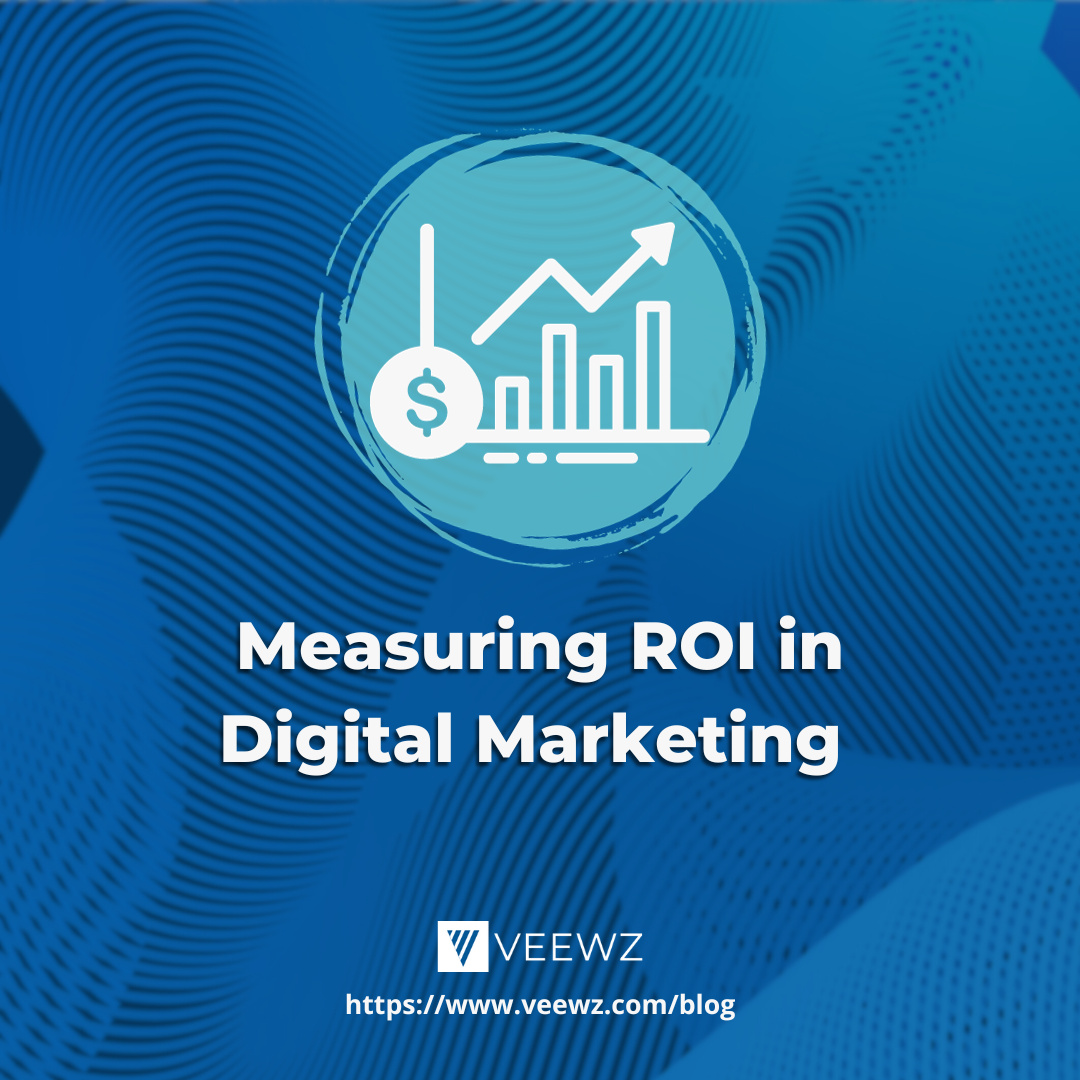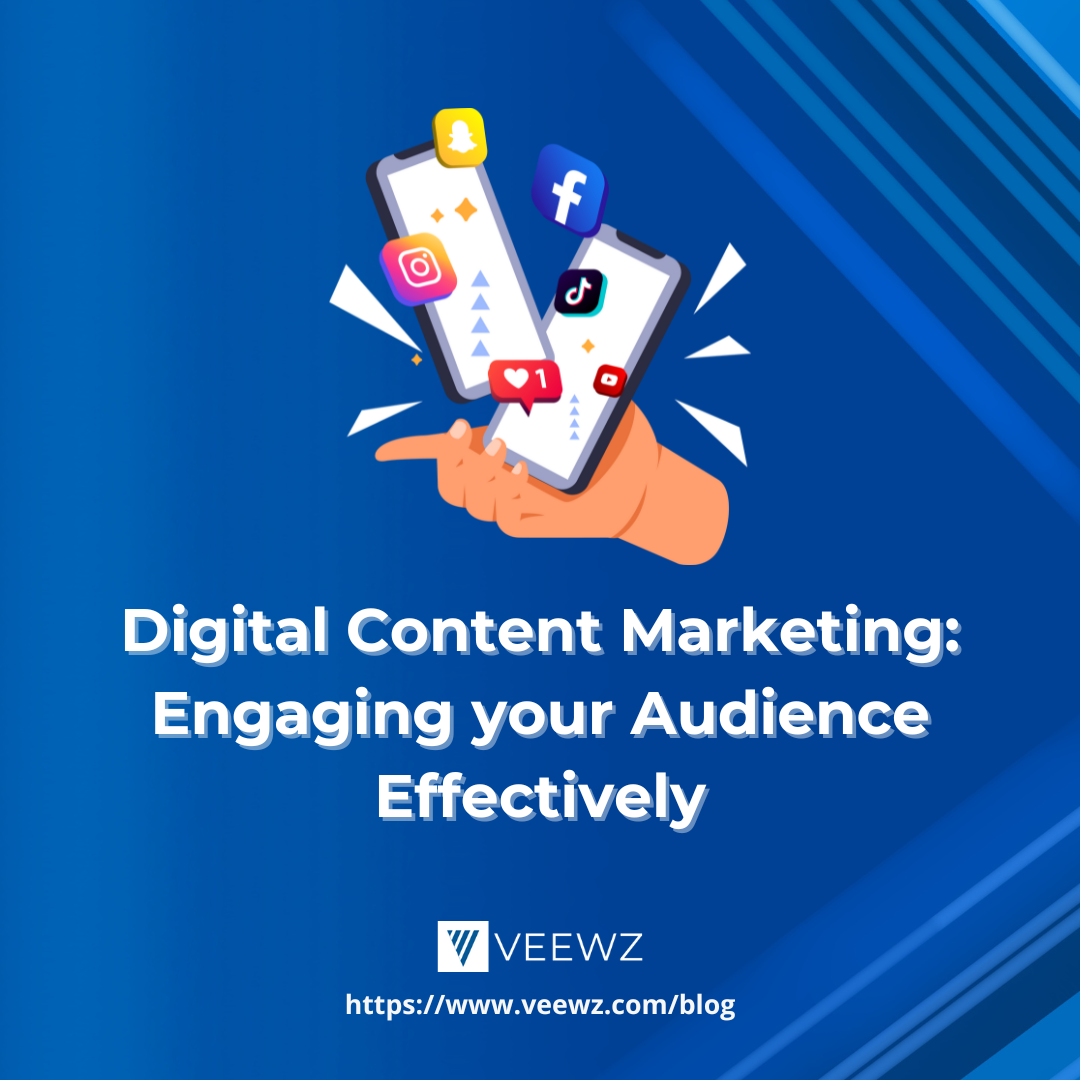
Inflation makes marketing challenging enough without adding inexpert guidance that may appear nice on paper but fails to resonate with consumers.
If you’ve been
- Insensitive to financial constraints
- Increasing productivity in the workplace
- Reducing waste
- Changing vendors
- Raise prices
- Attracting potential new clients
Do you see where the problem lies with this? I have no doubt that you not only know better than to take these methods but that you have also personally experienced their drawbacks.
Successful companies during times of inflation are not ones that shrink in the face of uncertainty. They do not reduce their expenditures despite increasing their pricing. They don't count on customers being price-conscious. They do not move their emphasis inward when inflation hits; rather, they redirect their focus to their consumers.
They don't consider ways to reduce their marketing expenditures. They have a system in place for allocating marketing funds that helps the sales team in addressing consumer issues.
How Does Inflation Affect Small Businesses, and What Exactly Is It?
The term "inflation" refers to how the prices of goods and services increase. It may result from a shift in government policy, a rise in the price of raw resources, or a rise in the cost of labor. What matters is supply and demand, in the end. Prices tend to rise when there is significant consumer demand and a limited supply. However, business operations might also contribute to price increases.
When there is a disruption in the economy, supply chains are impacted, and this generates a ripple effect. For example, if one firm raises its pricing because there is a shortage of supply and strong demand, its customers will also raise their prices, and so on. As a result, everyone is raising prices quickly to protect their profits.
Although some inflationary forces are actual, the vast majority of the inflationary situation is just psychological. And despite the fact that a large number of individuals are having difficulty coping with the effects of rising prices, an inflationary phase is often the ideal time to adjust your marketing strategy and determine the various methods by which you can offer genuine value to your customers.
Develop a Winflation Mentality
Understanding the difference between cost and value is crucial for effective marketing during inflation. Focus less on the features and price of your product or service and more on how your consumers appreciate it. Consider what is "priceless" to the buyer when determining value.
- Time
- Trust
- Relationship
- Security
- Transformation
All of these items are beyond your financial means. These are memories and emotions that can never be replaced. Furthermore, effective marketers possess x-ray vision when it comes to locating the chances that may completely reduce the negative effects of price increases on their company.
They maintain their current clientele, grow their clientele, and stand to gain even more profit once the inflationary cycle has passed.
To think in this way is to have a "Winflation" mentality.
This Is How to Go From an Inflationary Mindset to a Winflationary One
Companies and marketers who succeed in today's economy typically plan for inflation. They recognize that inflation is a long-term phenomenon and that the key to success is to shift focus from short-term concerns, such as price rises, revenue, and promotions, to the long-term goal of providing genuine value to one's clientele and market.
Prices Rise
Allow one of your competitors to raise their prices. Your attention will be directed toward growing costs, and you will seek out methods to add intangible value to those areas. You might also maintain low costs in areas where you've seen price hikes, but charge more for and offer more features with items and services that offer greater value to customers.
Pricing Sensitivity
Everyone else in the industry is operating under the false assumption that your consumers are more sensitive to price hikes than they are. However, you are aware that the majority of clients want what they desire. When it comes to the outcome, your consumers are willing to spend a premium price in order to receive exactly what it is that they desire.
Pricing Strategies
If you adopt a "winflation mindset," your price decisions will be focused on what your consumers truly care about rather than on how much it actually costs to produce your goods or provide your services. Companies with an emphasis on winflation set up various price points at which they sell their goods and services. They provide both standard and deluxe options, allowing clients to pick the package that best suits their needs.
Gain in the Short Term
Companies that can withstand inflation are those that plan for the future. There is a possibility that they may implement price hikes, but these will not be uniform across the board; instead, their price hikes will be targeted and will be connected to value in addition to the cost.
10 Marketing Tips to Stay Strong During Inflation
Here are some useful marketing tips that can your business keep succeeding during inflation:
- Reinforce the Value of Your Messages
As a consequence of this, it is extremely important for marketers to recognize and focus their efforts on loyal consumers who may be in danger as well as potential audiences who bring a great opportunity.
Consider the most important factors driving your actions, and adapt your methods accordingly. For instance, customers of all ages are looking for value, which presents a chance for firms to capitalize on viral trends and raise awareness about their products.
Generation Z and Millennials are engaging their friends on TikTok to find more affordable options for popular brands. Younger generations, who were formerly driven by brand loyalty, are starting to emphasize value above brand names. This can be seen in anything from drug store dupes of expensive beauty items like Charlotte Tilbury's famous Pillowtalk lipstick to Amazon's replica of the lululemon Align Tank.
Don't be afraid to try out new things. Since consumers' actions are becoming harder to predict, it's important to emphasize your brand's value to convince people to pick you over a cheaper replica.
Messaging plays a crucial function in boosting the value proposition. Plan strategies that will make consumers think of the brand as more affordable than the alternatives, such as advertising larger packages with more products, providing discounts in highly saturated markets, or introducing a sale available only to loyal customers who have joined a loyalty program.
- Get Concepts for Unique Offers by Carefully Observing and Listening to Customers
The key to expanding your consumer base lies with your current clientele. Rather than focusing on the numbers, you should be thinking about how to improve your visibility so that people would pick you and buy from you regardless of cost.
Obviously, I'm not referring to surveys here. This is not a discussion about making sales calls. What I mean is to actually pay attention when clients are having conversations with you and your staff.
- What exactly are they trying to inquire about?
- Do you know what they want but you don't provide?
- Take a look back over the past few weeks or months. Do you find that many of your clients or customers have the same inquiries?
- Can't you just ask for suggestions?
- Note down any questions or trends you've noticed.
- Make a Premium Choice Available
A person's "heart wants what it wants, or it doesn't care."
Remember that not all clients are price-conscious. People are willing to pay a higher price for products that:
- Offers them the precise result that meets their requirements
- Time-saver for them
- Reduces their burden
- Takes away the stress
- Totally risk-free
- Opens up a door to them
When was the last time you bought anything, only to be dissatisfied with what you received in return?
How much extra are you willing to spend to get your needs met in a timely manner and according to your specifications?
Recently, companies of all types have been cutting back on size, quality, and service in an effort to keep their prices the same. Many businesses have increased costs while providing worse quality or less service.
However, there is an alternative. Make an exclusive deal that no one else can match. Improve it by making it larger, better, quicker, and more cutting-edge in every way. Get what you're worth if you're going to charge a lot.
- Add a Membership Option
A membership plan has the potential to smooth out business fluctuations, simplify your daily operations, and increase your company's bottom line. It's kind of like a value meal for the items and services you offer.
You may establish a membership choice by grouping together a number of different items, services, and price reductions into a selection of different package options. Build a range of alternatives from "good" to "better" to "best" and price them accordingly.
The following are some examples:
- A restaurant's membership perks include complimentary food and beverages (including desserts and alcohol), priority seating, and special pricing.
- The services of a mechanic include more than just an oil change or inspection; they may also provide discounts on tires and other parts of the vehicle.
- It is common for consultants and coaches to provide clients with monthly coaching calls or access to recorded trainings.
- A content or social media marketer could promise a certain volume of posts or articles.
- Keep in Touch With Customers Who Haven’t Yet Reacted to Your Offerings
"Not now" or "not today" are common responses to "no." It's important to keep in touch with your email list subscribers. When I say "contact people," I don't mean with sales pitches; rather, I mean with emails full of useful information, personalized emails, or phone calls.
How to Proceed:
- Just shoot them a quick email asking if they have some time to talk and you can book a chat.
- Sort your email list into subgroups according to customers' interests or the items they've bought.
- Share relevant material with them, such as blog pieces they might enjoy.
- Push for Long-Term Agreements
In an inflationary environment, prices continually rise. Offering a long-term contract at a set fee is one strategy for maintaining satisfied clients.
A few suggestions:
- A fitness center provides a fixed cost for either 6 or 12 months.
- A web design firm may provide a two or three-year contract for website maintenance at a set monthly rate.
- Virtual assistants often provide 12-month contracts for certain weekly hours of service.
- Develop Experiences and Create Memories
An experience is something that cannot be bought or sold for money. In fact, that's the whole idea. Create memorable moments for your clientele by thinking outside the box.
Here are some suggestions:
- Many hotels now provide "staycation" packages that include overnight accommodations, meals, and entertainment.
- An "eating in the dark" experience is one in which the restaurant's lights are turned off and the meal is given to the diners in total darkness.
- An art gallery may provide a special tour of the gallery, which would then be followed by a wine and cheese event.
- Go Above and Beyond What Your Consumers Have Asked For
The golden rule of customer service hasn't changed much throughout the years. Customers are more likely to return if you consistently go above and above for them.
What are some ways you may provide more value to your customers?
- Include a handwritten letter of appreciation in their purchase.
- Offer them a bonus item along with their purchase.
- Offer a discount on their subsequent buy.
- Make their next purchase shipping-free.
- Review Your Marketing Budget
It may be a good moment to bargain for better radio or cable TV buys, as competition for the keywords and phrases that are most essential to you may have weakened, and outdoor advertising firms may be having trouble getting renewals.
At the same time, examine your present advertising budget carefully and eliminate any wasteful expenditures. An investment in client appreciation, word-of-mouth, and any excuse to organize a party or event is appropriate at the present moment.
- Increase Your Prices (And Don’t Say You’re Sorry)
Just raise pricing if you need to. You shouldn't offer any sort of statement or justification. Be honest with your clientele if they chance to notice and bring it up.
"In response to price increases from our suppliers, we have, unfortunately, had to raise our own rates."
Everyone is affected by inflation, and most people accept that. Don't raise prices uniformly across the board. Raise prices strategically, and only in areas where it makes sense to do so.
Final Takeaways:
Inflation is dangerous, and it's easy to freak out about it. Don't let fear stop you from marketing, though. Customers notice they feel disrespected, and they WILL leave for a competitor that treats them better.
When marketing during times of inflation, it's important to go in a different direction from the crowd.
You may not only survive, but thrive, under challenging circumstances by making an effort to be resourceful and think beyond the norm.
The question then becomes, "Why wait?"
Provide the services or products that your clients have been asking for, and they will gladly pay for them.
About the Author
Related Article

SEM: What Is It and How Does It Boost Your Business

Measuring ROI in Digital Marketing

.png)












.png)






















.png)

.jpg)





.jpg)





